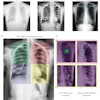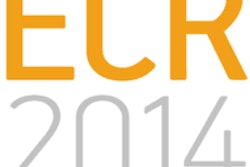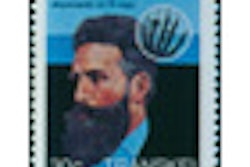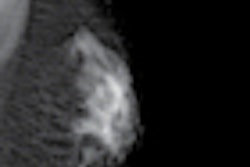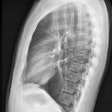A group from Radboud University Nijmegen Medical Centre wanted to address a common problem in developing countries when using chest radiography for tuberculosis (TB): a lack of trained readers to interpret studies, according to Bram van Ginneken, PhD, in an email to AuntMinnie.com. The group has developed its own CAD algorithm (CAD4TB) that is specifically designed to work with inexperienced readers, and they put it to the test at Kanyama Clinic in Lusaka, Zambia.
The researchers acquired a set of 100 chest x-rays of individuals with suspected TB with a digital radiography system (Oldelca DR, Delft Imaging Systems). The cases were coded for the presence of active TB on a scale of 0 to 100 by one expert and seven nonexpert readers who received one hour of instruction and one hour of case reading. The case set contained 56 negative and 44 positive cases.
Cases were then processed by a CAD algorithm developed at the university, and scores from the human readers and CAD were combined by averaging. Performance was evaluated as area under the receiver operator characteristics curve (Az).
Working without CAD, the expert reader had an Az score of 0.84, while the nonexperts had an average score of 0.80 (range, 0.69-0.86). CAD alone scored 0.82.
When CAD was added, the performance of the expert reader rose to 0.85, while the average score of the nonexpert readers went up as well, to 0.82 (range, 0.73-0.87). The increase was statistically significant for four of the seven readers.
The research group's collaborators in Zambia are so enthusiastic about the software that they are using it on a standalone basis in an ongoing clinical trial, Van Ginneken said. If patients suspected of having TB receive a high score on the CAD4TB software, they receive follow-up testing.
"The implications of this study are far-reaching: With digital x-ray and standalone computer software for analysis ... we have a very cheap, very quick, and fully automatic test that determines if a patient is suspect for TB," he said. "There is enormous interest from the TB community for this approach because there is a strong need for faster and more efficient ways to find cases of active TB to curb the epidemic."


